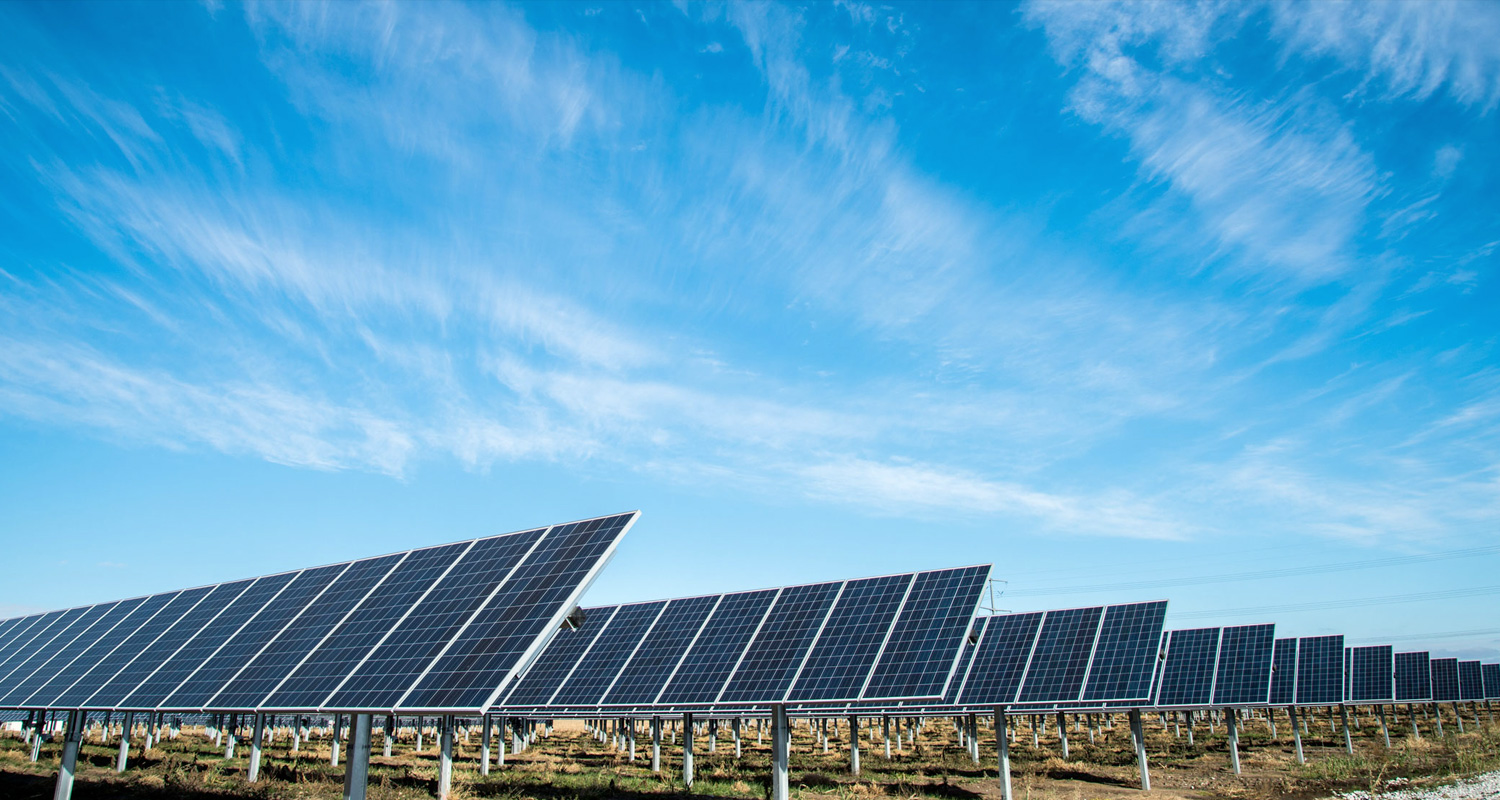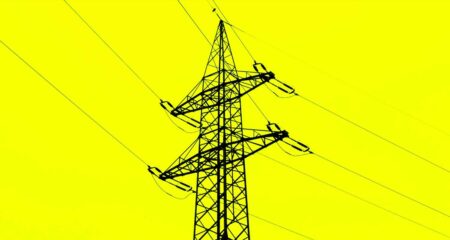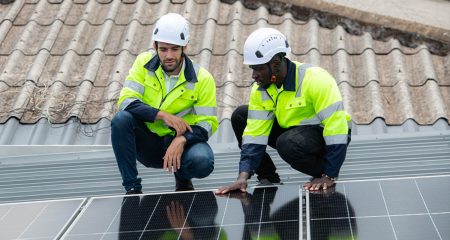 South Africa could produce over five million tonnes of green hydrogen a year by 2040, according to a plan it presented at the UN climate summit in Egypt that aims to catapult the world’s 13th biggest polluter into a greener future.
South Africa could produce over five million tonnes of green hydrogen a year by 2040, according to a plan it presented at the UN climate summit in Egypt that aims to catapult the world’s 13th biggest polluter into a greener future.
The plan envisages reaching annual production of 10 million tonnes by 2050 and creating a local market worth US$20-billion (R350-billion), employing around 50 000 people.
Green hydrogen, made by using renewable energy to split water into hydrogen and oxygen, is viewed as vital in the world’s shift away from fossil fuels and part of a three-pronged approach South Africa is taking to tackle its carbon emissions.
The other two are substituting its ageing coal plants with solar and wind power and kick-starting an electric vehicle revolution. But for a country still squabbling over when to retire coal plants, it is a mammoth task.
“The political situation in South Africa is on a kind of a knife-edge right now… We really need to get some policy, regulatory and planning certainty,” said Chris Yelland, MD and energy analyst at EE Business Intelligence.
The government estimates that realising its green hydrogen goals would require up to 100GW of additional solar or wind power capacity, and investing close to $133-billion (R2.3-trillion).
6-7GW/year
According to Boston Consultancy Group, South Africa will need to set up 6-7GW of renewable capacity per year for the next two decades, compared to the 6GW it has managed in total since 2011.
“It might very well be feasible … our renewable resources are world class: solar radiation, wind,” said Margo-Ann Werner, environmental law director at law firm Cliffe Dekker Hofmeyr.
“It really is about the [regulatory] environment … electricity generation, pipelines for distribution, converting port facilities; all of that can be dealt with if we really commit.” — Promit Mukherjee and Shafiek Tassiem, with Tim Cocks, (c) 2022 Reuters




